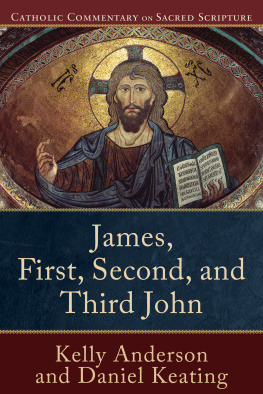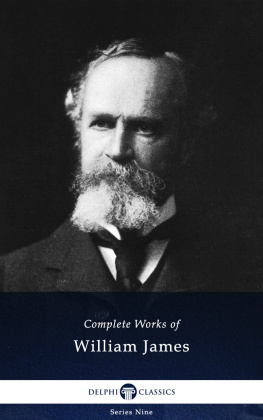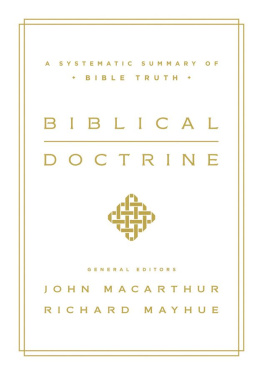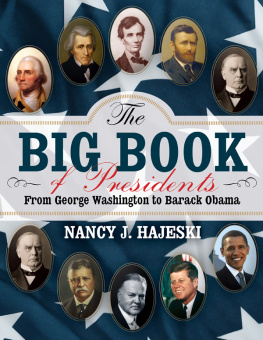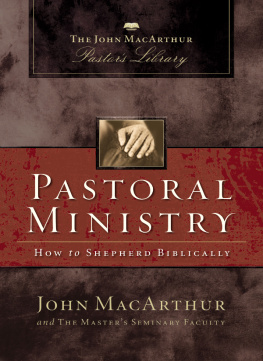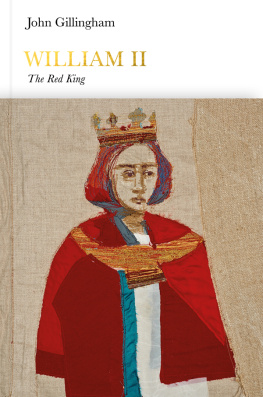FIRST INVADERS
OTHER BOOKS BY THE SAME AUTHOR
Intensive Care: A Memoir (Anvil Press, 2002)
Cuba: A Concise History for Travelers
(Penguin Books, 2002; Bluefield Books, 2000)
Twiggs Directory of 1001 BC Writers (Crown Publications, 1992)
Strong Voices: Conversations with 50 Canadian Writers (Harbour, 1988)
Vander Zalm, From Immigrant to Premier (Harbour, 1986)
Vancouver and Its Writers (Harbour, 1986)
Hubert Evans: The First Ninety-Three Years (Harbour, 1985)
For Openers: Conversations with 24 Canadian Writers (Harbour, 1981)
FIRST
INVADERS
The Literary Origins of British Columbia
ALAN TWIGG

FIRST INVADERS
Copyright 2004 Alan Twigg
All rights reserved. No part of this publication may be reproduced, stored in a
retrieval system, or transmitted, in any form or by any means, without prior written
permission of the publisher, or, in Canada, in the case of photocopying or other
reprographic copying, a license from Access Copyright (the Canadian Copyright
Licensing Agency).
RONSDALE PRESS
3350 West 21st Avenue
Vancouver, B.C., Canada V6S 1G7
www.ronsdalepress.com
Typesetting: Get To The Point Graphics, in New Baskerville 11 pt on 14.1
Cover Design: David Lester & Alan Twigg
Paper: Ancient Forest Friendly Rolland Enviro 100% post-consumer
waste, totally chlorine-free and acid-free
Ronsdale Press wishes to thank the Canada Council for the Arts, the Government of
Canada through the Book Publishing Industry Development Program (BPIDP), and
the Province of British Columbia through the British Columbia Arts Council for their
support of its publishing program.
Library and Archives Canada Cataloguing in Publication
Twigg, Alan, 1952
First invaders : the literary origins of British Columbia / Alan Twigg.
Includes bibliographical references.
ISBN 1-55380-018-4
1. British ColumbiaDiscovery and explorationEarly works to 1800.
2. ExplorersBritish ColumbiaBiographyEarly works to 1800.
3. British ColumbiaHistorySources. I. Title.
FC3821.T84 2004 971.101 C2004-904954-2
At Ronsdale Press we are committed to protecting the environment. To this end we
are working with Markets Initiative ( www.oldgrowthfree.com ) and printers to phase
out our use of paper produced from ancient forests. This book is one step towards
that goal.
Printed in Canada by AGMV Marquis
To Ruby Twigg,
ninety-nine years young,
still fetching her firewood
One morning, very early, some of the men got up to go
hunting, and as they went outside the houses and looked over
the water, they saw something that they could not
understand. They ran along the houses, calling to the rest
of the tribe, Come out and see what is in the water. It must be
a new island that has come in the night.
TSTASS-AYA (JENNY WYSE)
AS TOLD TO BERYL CRYER, CIRCA 1930;
NANAIMO MUSEUM

Petroglyph depicts arrival of a European
ship near Nanaimo.
The Indians didnt know what on earth it was when the ship
came into the harbourso the Chief, Chief Maquinna, he sent
out his warriors. So they went out to the ship and they
thought it was a fish come alive into people. So they went
ashore and they told the big Chief: You know what we saw?
Theyve got white skin. But were pretty sure that those people
on the floating thing, there, that they must have been fish.
WINIFRED DAVID
RECOUNTING NUU-CHAH-NULTH VERSION OF CAPTAIN COOKS ARRIVAL
FROM NU-TKA: CAPTAIN COOK AND THE SPANISH EXPLORERS
ON THE COAST, SOUND HERITAGE, 1978
CONTENTS

This is the earliest depiction of contact with Europeans in British Columbia, drawn by John Webber in 1778. The Mowachaht tried to direct Captain James Cook towards Yuquot by shouting go around, go around, but Cook misinterpreted their words and gestures, giving rise to the word Nootka.

FOREWORD
I pressed on, taking fresh trouble for granted.
CAPTAIN BODEGA Y QUADRA
The first European to reside in British Columbia was the Irish soldier John MacKay who voluntarily wintered at Tahsis in 1786seventeen years prior to the capture of John Jewitt, the American blacksmith who survived the massacre of the crew of the Boston to become known as the white slave of the Nootka.
The first European woman to visit B.C. was eighteen-year-old newlywed Frances Barkley who circumnavigated the globe with her husband, making a lasting impression at Nootka Sound with her long red hair in 1787.
MacKay and Barkley were two of approximately 50 people who recorded their experiences as some of the first invaders to the Pacific Northwest prior to 1800. These commercially-minded or imperialistic Europeans and Americans were not invaders in the military sense, but their visits were invasive in terms of introducing radically new technologies, customs, foodstuffs, diseases and religion.
The surveyor Vancouver. The scientists Mozio and Menzies. The gentlemanly Bodega y Quadra. The persecuted scholar Malaspina. La Prouse, the first Frenchman in B.C. Their adventures all generated publications that now collectively represent the literary beginnings of British Columbia.

The British Admiralty instructed 18th-century sea captains to confiscate all personal journals at the end of exploratory voyages. Sailors were likewise prohibited from divulging where they had gone until permission was given to do so. Four of Captain James Cooks crew nonetheless beat Englands most celebrated mariner to the literary punch.
John Rickman published his travelogue anonymously in 1781; Heinrich Zimmerman published in German in 1781; William Ellis published in 1782; and the remarkable John Ledyardthe Marco Polo of the United Statespublished his account of visiting Nootka Sound in 1783.
Cooks posthumous chronicle appeared to much acclaim in 1784. It confirmed the murdered sea captains reputation as the worlds foremost navigator and suggested that Britannia ruled the North Pacific waves. In fact, Spaniards had reached British Columbia ahead of Cookin 1774when Majorcan sea captain Juan Prez opened the worlds last unmapped temperate zone to exploration and European settlement.
Prez contacted the Haida at the north end of the Queen Charlotte Islands on July 18, 1774, and his pilot produced the first crude map of the B.C. coastline to be drawn from observation.
Whereas Captains Cook and Vancouver came, saw, and published, Spain and Russia didnt broadcast their voyages. Their secrecy partially accounts for the imbalance in general knowledge of the first European approaches to B.C. to this day.
Documents are still being brought forth from Spanish, Russian and Chinese archives for translation. Meanwhile the stories of how and why scurvy-ridden sailors reached the North Pacific in the 1700s make for a fascinating hodge-podge of fact, fantasy and vainglorious quests.
In the Age of Reason, philosophers, scholars and scientists sought to dispel myths and ignorance; self-interested lobbyists such as Arthur Dobbs, Alexander Dalrymple and Joseph Banks simultaneously encouraged irrational enterprises based on speculative maps. It proved to be a fatal mix.
Next page



